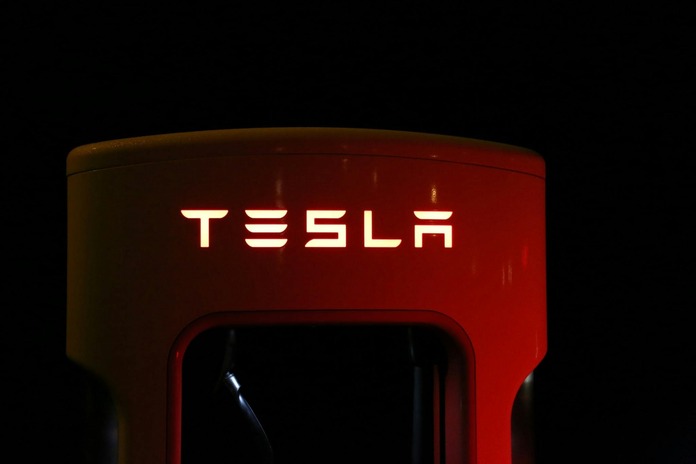Tesla, Inc. (NASDAQ:TSLA) reported record-breaking third-quarter results, with Tesla Q3 deliveries reaching 497,099 electric vehicles (EVs). That marks a 7.4% increase year over year and easily topped analyst expectations of 435,370 units. The bulk of the sales came from Model 3/Y vehicles, while other models made up just under 16,000 units.
The surge in demand was partly driven by the expiration of the $7,500 EV tax credit in the U.S., prompting buyers to lock in incentives before they disappeared. Tesla wasn’t alone in benefiting—Ford Motor Company (NYSE:F) and General Motors (NYSE:GM) also reported strong EV sales, highlighting momentum across the broader auto sector.
With Tesla Q3 deliveries at record highs, investors are asking whether this is the right time to buy TSLA stock.
Regional Breakdown: U.S., Europe, and China
While Tesla does not officially provide regional delivery data, analysts believe the U.S. accounted for most of the growth in Tesla Q3 deliveries. In Europe, demand has weakened due to political controversies around CEO Elon Musk and rising competition from both legacy automakers and Chinese EV companies. According to the European Automobile Manufacturers’ Association, Tesla’s August sales in the EU dropped 37% year over year to 8,220 units.
China showed more resilience. Data from the China Passenger Car Association indicated that August deliveries fell nearly 10% from a year earlier but jumped more than 40% from July. Tesla also introduced the Model Y L, a six-seat SUV designed for Chinese families, which could boost demand moving forward.
Tesla’s Energy Business Growth
Beyond vehicles, Tesla’s Energy Generation and Storage division continues to deliver strong results. In Q3 2025, Tesla deployed a record 12.5 GWh of energy storage products, powered by rising demand for Megapacks and Powerwalls.
This segment now generates Tesla’s highest margins. With utilities increasingly relying on renewable energy, Tesla’s storage solutions play a vital role in grid stability. Since mid-2022, this division has been consistently profitable, contributing positively to Tesla’s overall financial health.
AI, Autonomy, and Robotics Progress
Tesla’s growth strategy goes far beyond cars. The company is investing heavily in artificial intelligence (AI), autonomous vehicles, and robotics. Its robotaxi network, launched in Austin earlier this year, has expanded into California, Nevada, and Arizona. With millions of vehicles already equipped with self-driving hardware, Tesla has a scale advantage as regulations evolve.
The latest Full Self-Driving (FSD) v14 is rolling out, while the Optimus humanoid robot—already assisting in Tesla factories—could reach mass production in 2026. Management believes these innovations, alongside Tesla Q3 deliveries, represent the company’s competitive edge in the long run.
TSLA Stock: Price Performance and Valuation
Shares of Tesla (NASDAQ:TSLA) surged 37% last month, outperforming Ford and GM. Optimism stemmed from Musk’s $1 billion personal stock purchase and a proposed $1 trillion compensation package that ties payouts to ambitious milestones, including annual sales of 20 million vehicles and 1 million robotaxis.
However, valuation concerns remain. Tesla trades at a forward price-to-sales multiple of 13.8, far above its five-year average and much higher than the broader auto industry. While Tesla Q3 deliveries were strong, analysts project Tesla’s 2025 revenues to decline 5.2% and earnings per share to drop 31.4%.
Should You Buy TSLA Stock Now?
Through the first three quarters of 2025, Tesla sold over 1.2 million vehicles, but demand uncertainties in Europe and China persist. While record Tesla Q3 deliveries, expanding energy operations, and AI-driven projects paint a bullish long-term picture, short-term risks—margin pressure, stiff competition, and high valuation—remain significant.
For now, many analysts suggest waiting for clearer signs of sustainable demand growth before rushing into TSLA stock. The company carries a neutral rating, reflecting both its groundbreaking potential and its near-term risks.
In short, Tesla Q3 deliveries show impressive momentum, but investors must weigh long-term innovation against current valuation challenges. Tesla remains a hold rather than a strong buy at today’s levels.
Featured Image: Pexels © Pixabay









